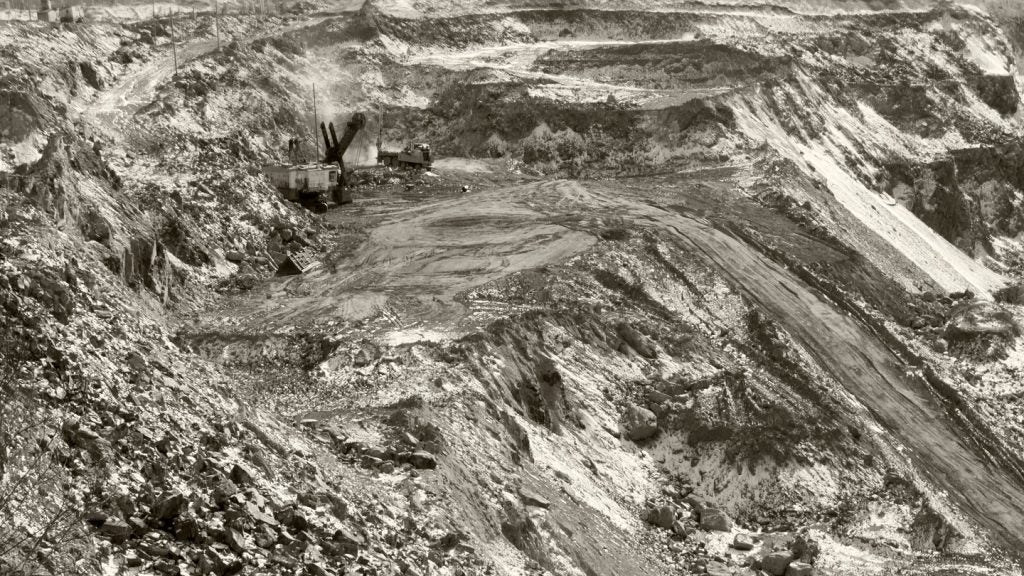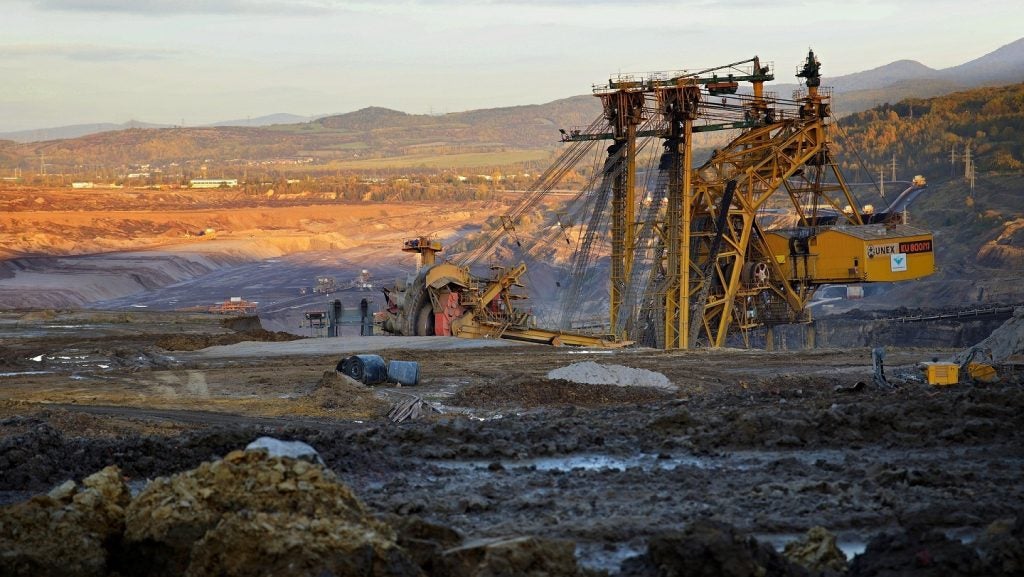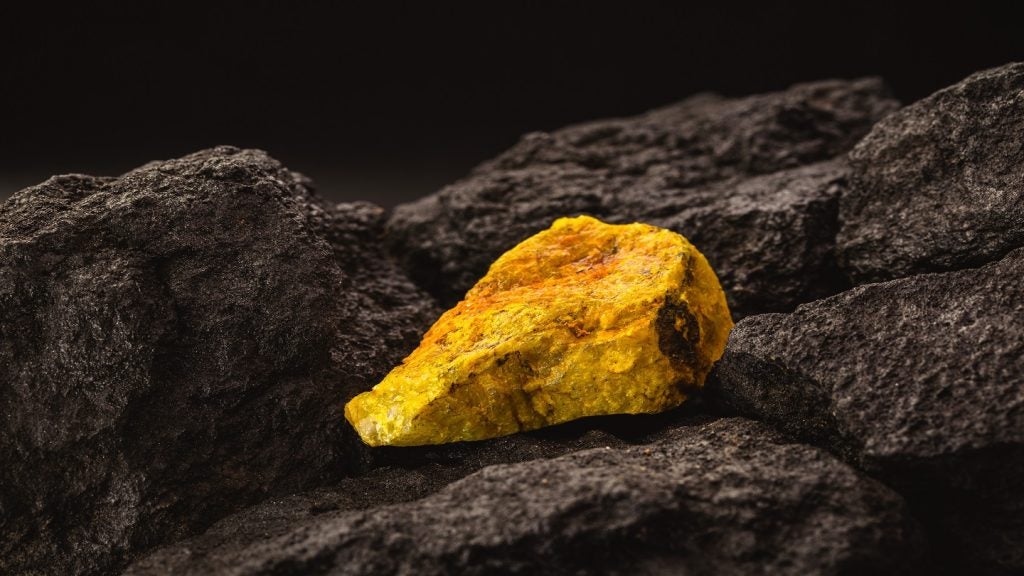First Atlantic Nickel has partnered with Draganfly to undertake advanced aerial sensing exploration work at the Atlantic Nickel Project in Newfoundland, Canada.
Draganfly's drone technology will be deployed to conduct surveys, including a magnetic geophysical survey, at the Atlantic Nickel Project.
This work aims to identify high-priority magnetic awaruite target areas and expedite First Atlantic Nickel's exploration process in preparation for the 2024 drilling programme.
A naturally occurring nickel alloy, awaruite is considered a sustainable option for critical mineral production while reducing dependence on energy-intensive smelting.
Draganfly drones' capabilities include a broad operating temperature range from +38°C to -25°C, a 10kg payload capacity, high wind tolerance of up to 35km per hour and the ability to carry a suite of advanced sensors.
Equipped with advanced sensors such as LiDAR, multispectral, hyperspectral, magnetometer and ground-penetrating radar, Draganfly's drones can fly at altitudes up to 2,438m.
With a flight range exceeding 25km per hour and a flight time of 50 minutes, the drones are set to provide comprehensive high-quality data over key areas at the First Atlantic Nickel’s project.
Spanning 21,850 hectares, the Atlantic Nickel Project is located in the mining jurisdiction of Newfoundland. It holds potential for bulk-tonnage, awaruite-style nickel mineralisation.
First Atlantic CEO Adrian Smith said: “We are thrilled to collaborate with Draganfly and utilise their advanced drone technology to expedite exploration at the Atlantic Nickel Project.
“Draganfly's expertise and cutting-edge drones will enable us to efficiently survey our vast land package, accelerate potential discoveries and acquire precise data. This partnership aligns with our long-term strategy of leveraging AI-powered data to unlock the full potential of the Atlantic Nickel Project and expand known areas of awaruite mineralisation.”














